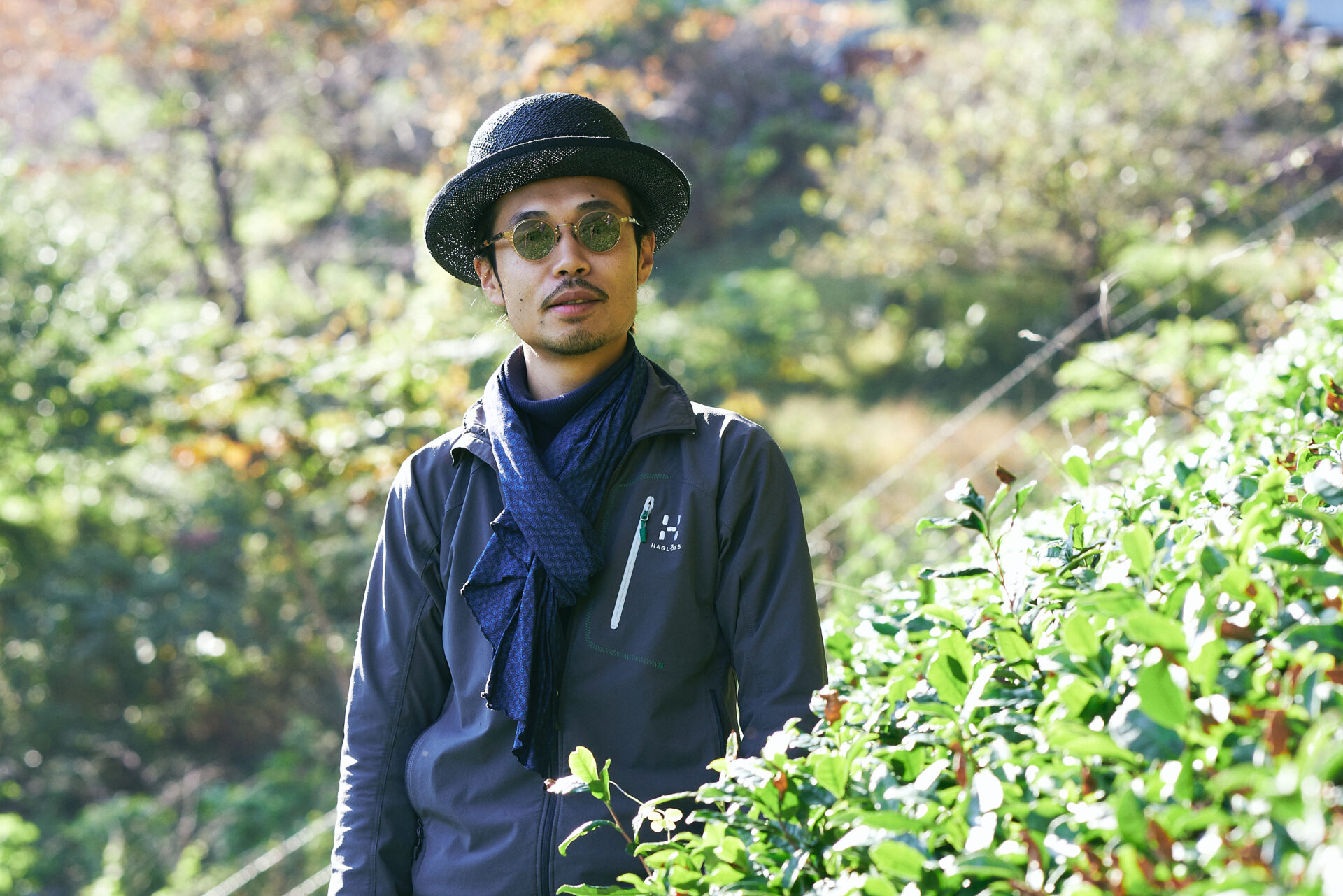On the foot of Mount Ibuki, a sacred mountain in Gifu Prefecture, there is a medicinal herb garden known for being first cultivated by famed warlord Oda Nobunaga.
We visited this region because it is also one of the few areas in Japan where the whole region grows their tea plantations organically. The Kasuga region, located in Ibigawa-cho, Ibi-gun, Gifu Prefecture, has a 760-year history of tea cultivation.
It is said that only 3 percent of the tea plants for green tea and other teas grown in Japan are of an ideginous variety. Kasuga tea is made from a rare native variety, grown naturally without the use of any chemical fertilizers, hand-picked, and hand-rubbed.
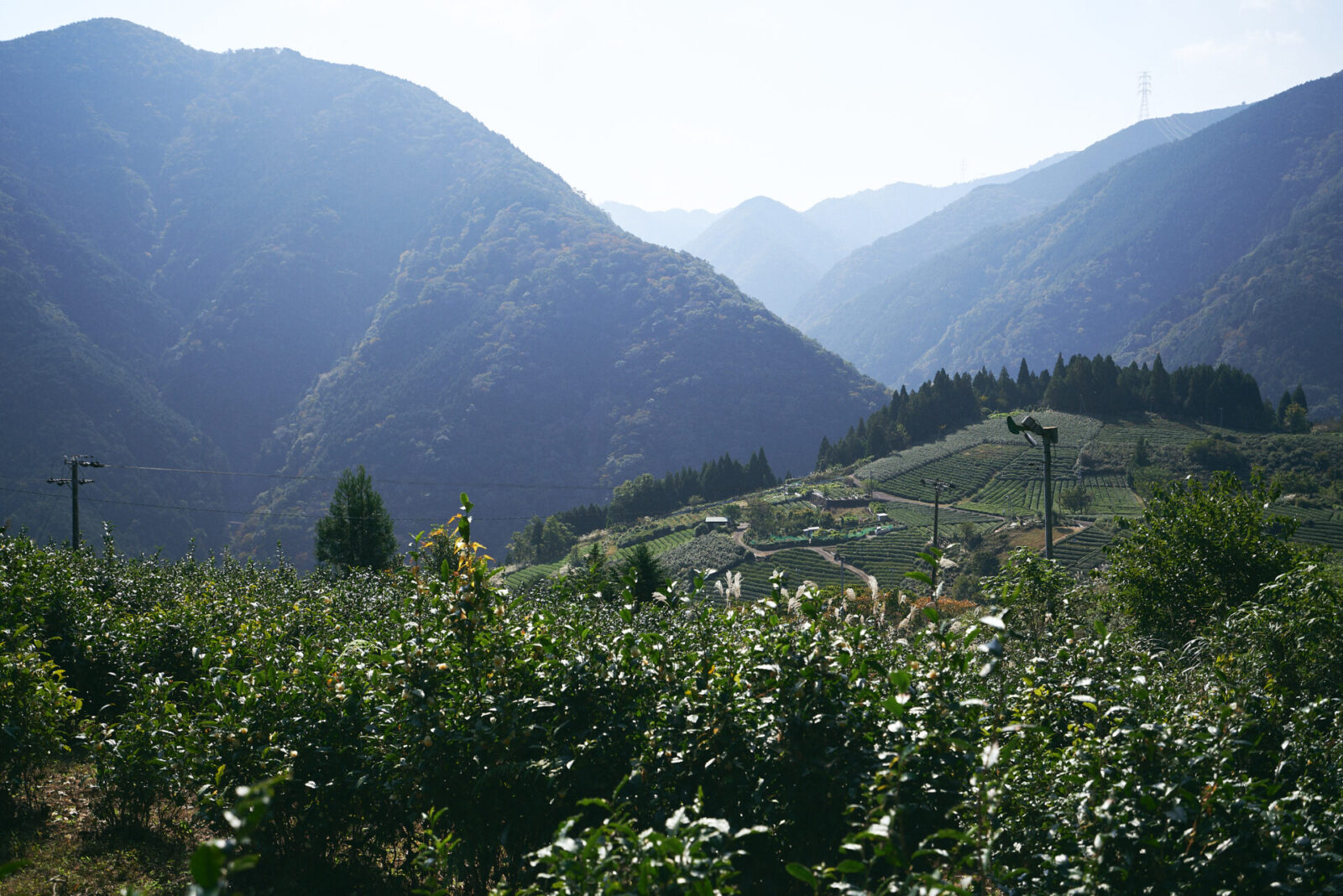
Founder of Kasuga Herbal Shop, Naoto Masumoto, was born in Gifu and worked as a pyrotechnist throughout Japan. As an artist today, he is looking at Japan and the world from the foot of the historic Ibuki Mountains.
What led him to open the Kasuga Herbal Shop in his hometown? We visited him to find out.
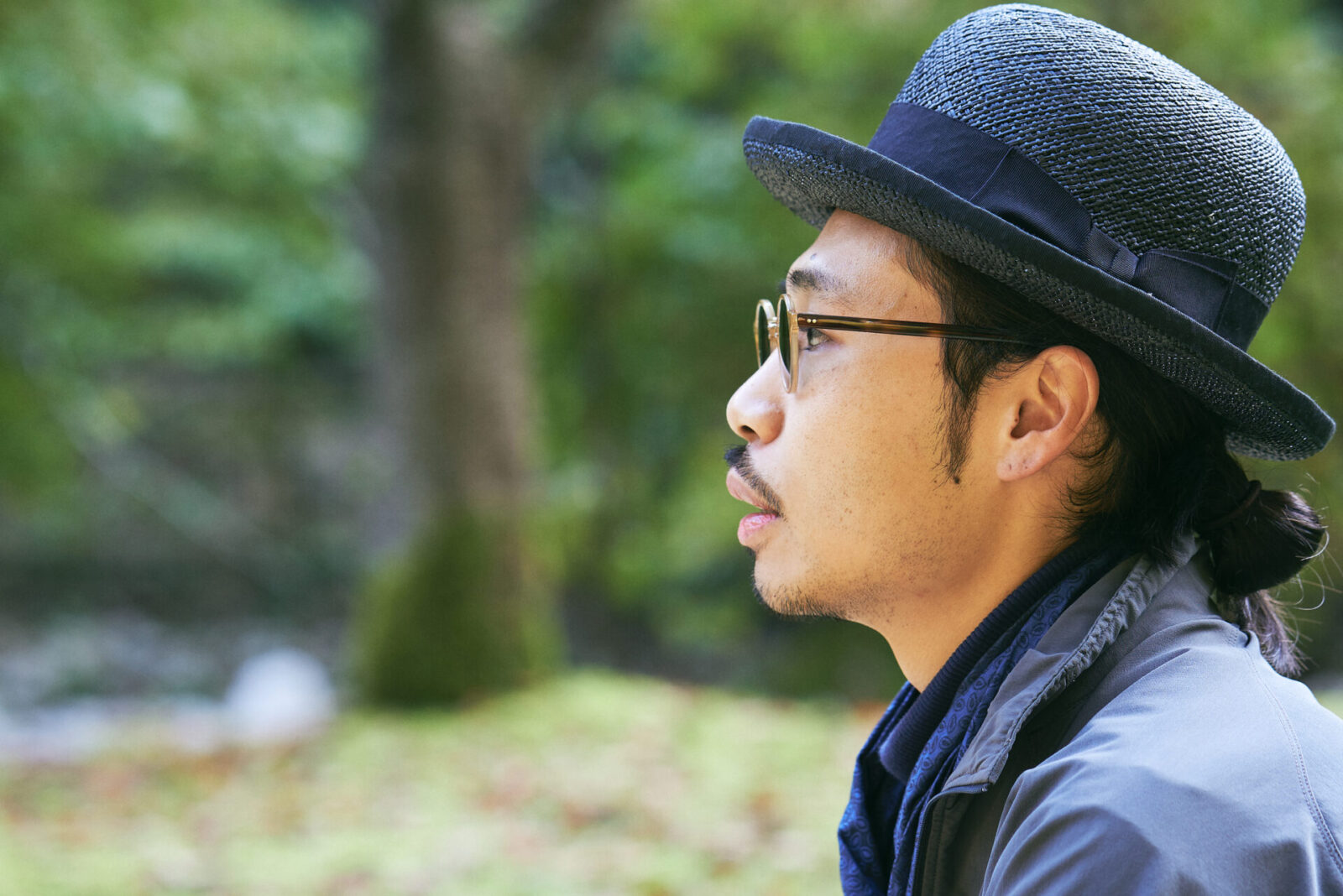
A near death experience, and starting the path of tea
After Masumoto graduated from high school, he began working as a pyrotechnist.
He says he was fascinated with gunpowder from a young age. As a child, he spent a lot of time in the library and it was there that he found a book that sparked his interest in the explosives manufacturing industry. He continued to read as many books as he could on the subject and educated himself on the world of explosives. Eventually, his interest led to his dream of one day becoming a pyrotechnist.
“Before I realized, fireworks had become what I wanted to do to express myself. I believe fireworks are the “peaceful” version of gunpowder and the arms industry.”

From a young age, he traveled in and out of the country as a pyrotechnist and became very experienced. As an artist, he took on various projects, such as launching the fireworks for Burning Man Japan, the Japanese version of the famous festival of Nevada, U.S.
However, one day he was faced with an unexpected and devastating life change. He became very ill at a young age and was rushed to the emergency room where he spent many days hovering between life and death in the intensive care unit.
After that experience, it was as if he was called into the world of tea. Masumoto grew up in the countryside, so he describes his connection to tea not as a “discovery,” but that “tea was something that was always there.”

Medicinal herbs are a common plant in the region and each household has some dried medicinal herbs at home at all times.
The herbs are used to treat open wounds, and if one has a cough they drink herb teas with thyme. Masumoto describes tea as “like a family medicine cabinet” and he developed a habit of blending and drinking medicinal herbs from a young age.
“Falling ill and not being able to continue working as a pyrotechnist was a devastating experience. However, I had a strong feeling that tea would be my next path. Both gunpowder and tea originate from medicinal herbs, so when I realized that connection, it was like an affirmation that my next form of self expression would be through tea.”
Oda Nobunaga learned about medicinal herbs from a Portuguese missionary and cultivated a medicinal herb garden on Mount Ibuki. It is said that the purpose of the garden was in fact to cultivate medicinal herbs such as mugwort, a raw material for gunpowder.
From gunpowder to medicinal herbs–Masumoto says that he finds it hard to believe that this connection was a simple coincidence.
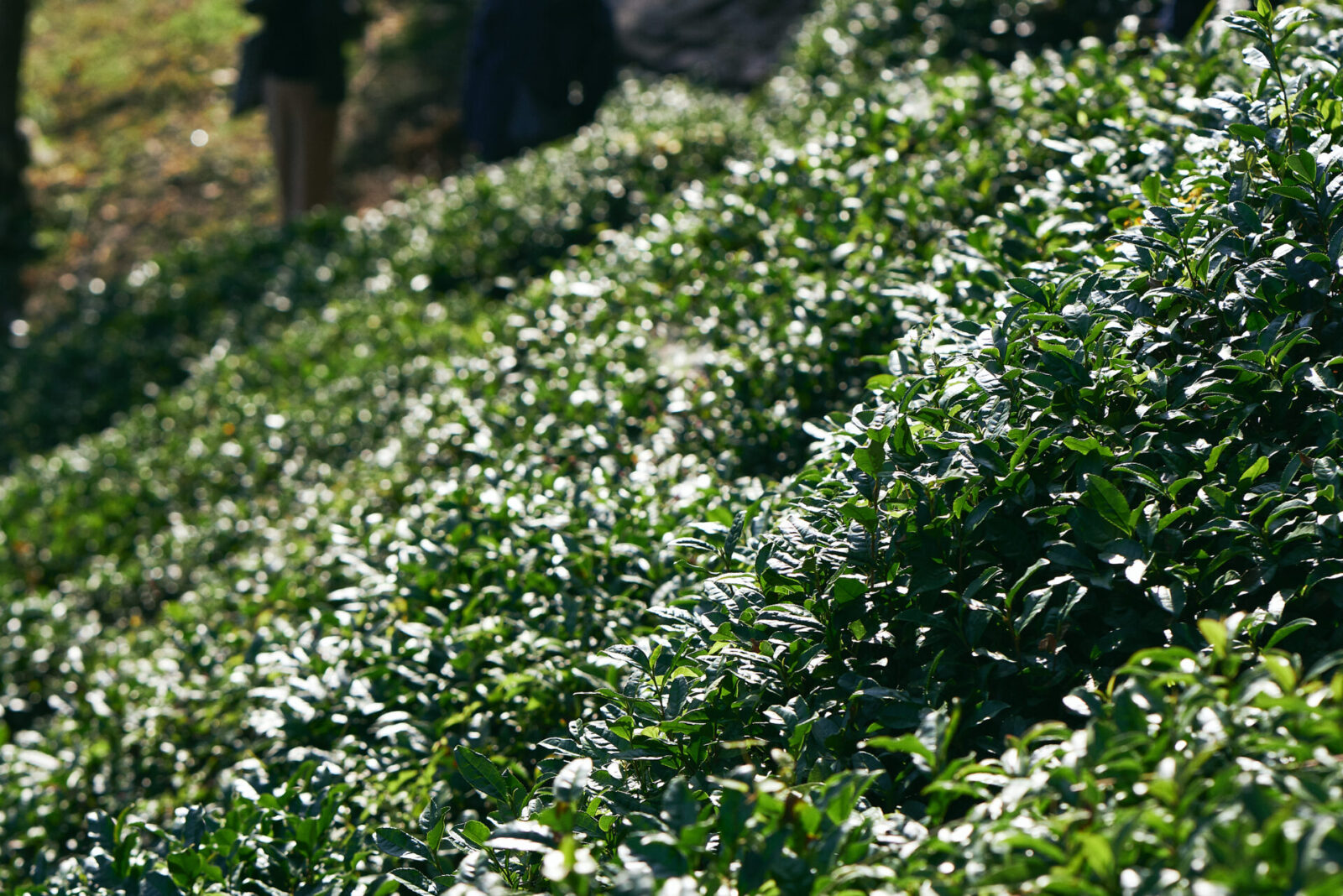
Inheriting a tea plantation in disrepair
Six years after his turning point, Masumoto now works on his Kasuga tea plantation daily.
“At first, this tea plantation was in disrepair. However it included rare native species such as the Chanoki. Currently, the new Japanese tea variety Yabukita is the most commonly cultivated, but the Kasuga region has the highest number of remaining native tea varieties in Japan. I expressed my desire to take on this plantation and inherited it.”
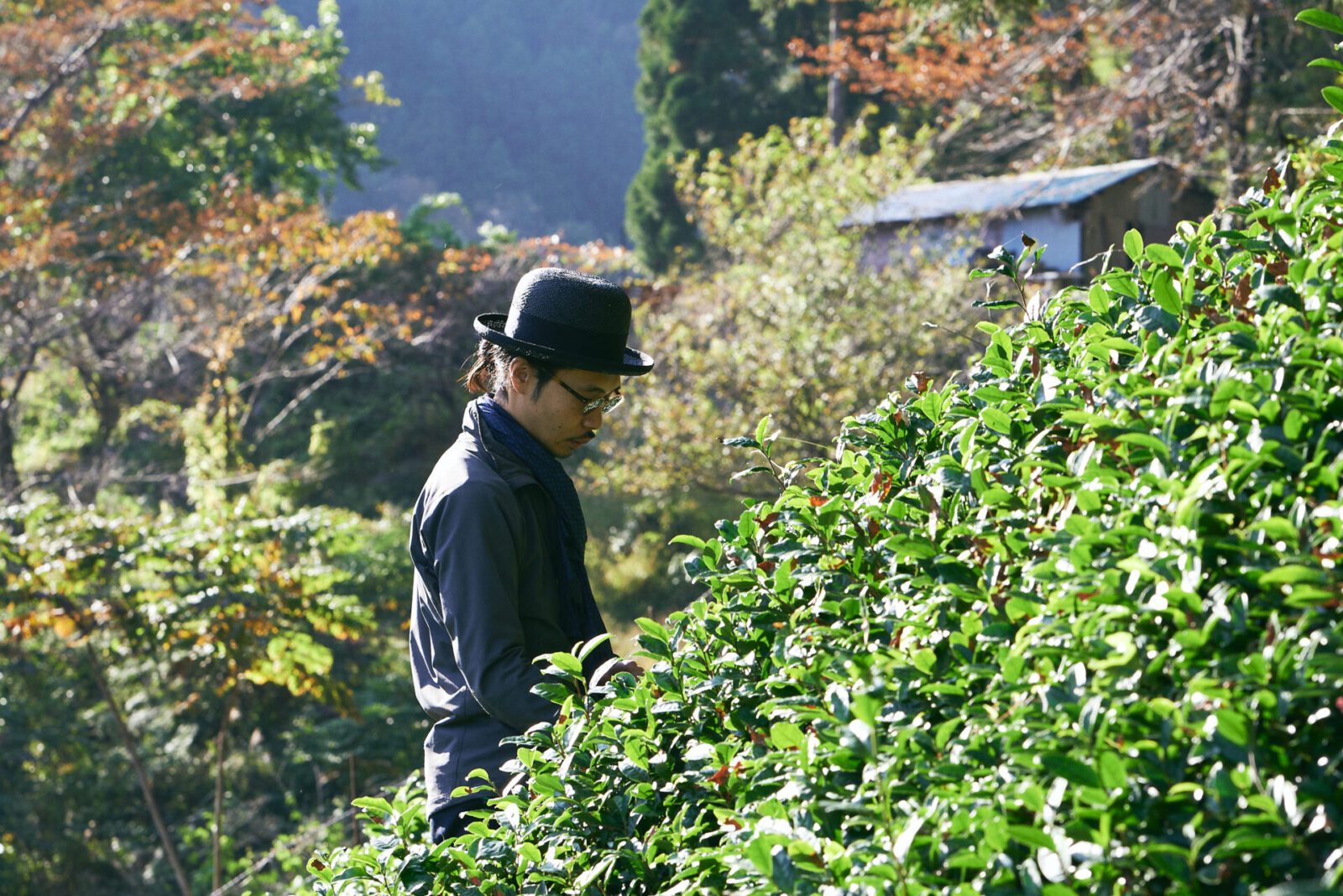
The Chanoki plant is a naive variety that features thick and long stems and roots. The roots extend deeply into the earth to extract plenty of natural nutrients to store and grow.
In many tea plantations, such as those in Shizuoka, one will find evenly cut Chanoki plants lined up in an orderly fashion. However, the native variety tea plantations in Kasuga are of all shapes and sizes. The natural forms of the plants make them even more intriguing.
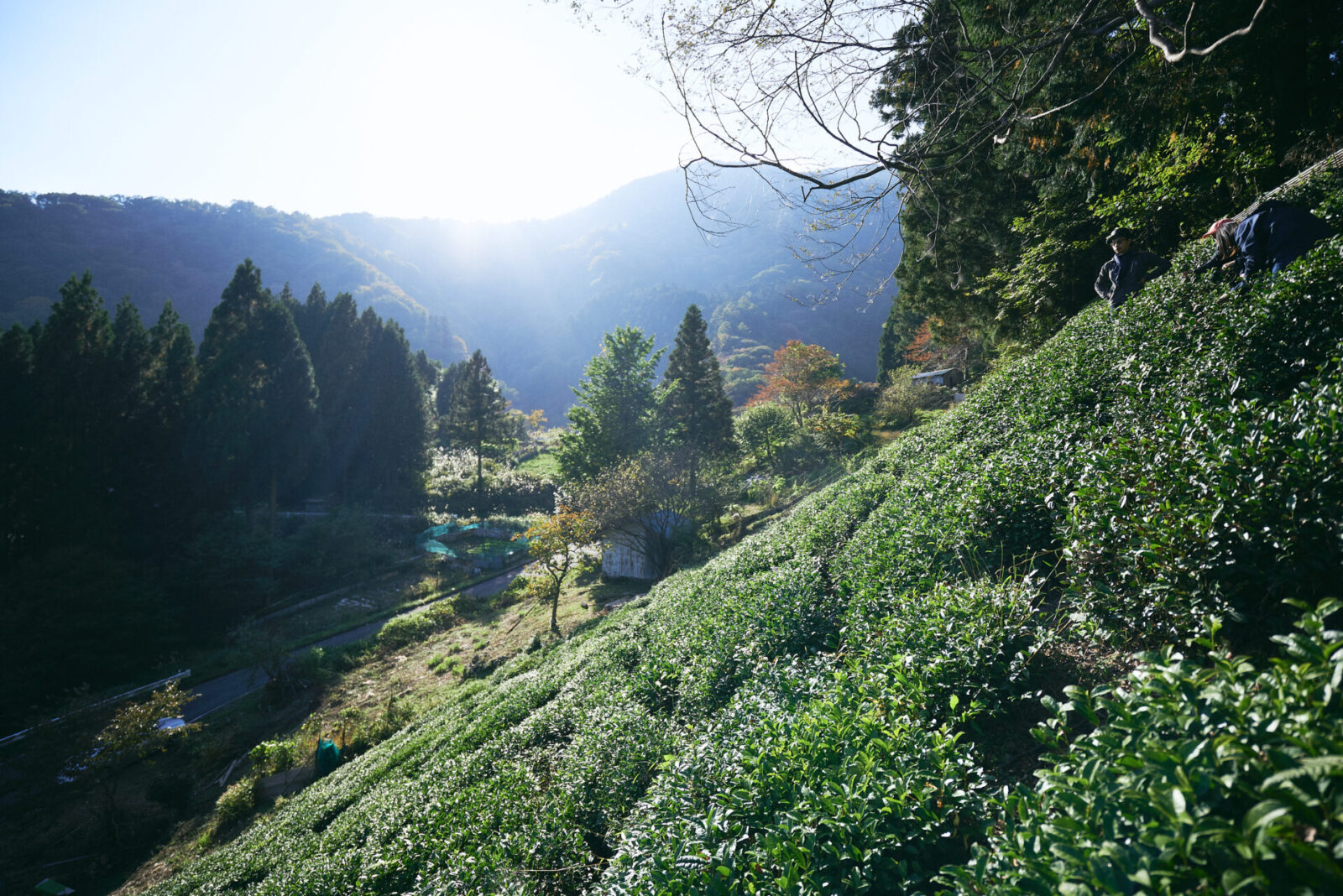
Because they don’t use chemical fertilizers, the efficiency of production is not as good, but the plants are well adapted to the local environment and the plants are hardy enough to survive the harsh winters covered in snow.
The tea at Kasuga is often used as a tanecha, or seed tea, to add fragrance to blended tea.
It is not as sweet as teas from other regions because it doesn’t use chemical fertilizers, but the fragrance is rich. Tea masters in Kyoto and all around Japan say that “A tea’s fragrance won’t come out without blending it with Kasuga tea,” and there is a long history of using this tea as tanecha.

“It is often said that Kyoto is the place for tea shops and Gifu is the place for tea merchants. A long time ago, the grandfather of one of the associates at the Kasuga Herbal Shop was a tea merchant, and according to his business records and account books, we learned that many of his clients were tea shops in Kyoto. We learn a lot about the history of tea in this area through the remaining books and records.”
Tea made with water from Ibuki
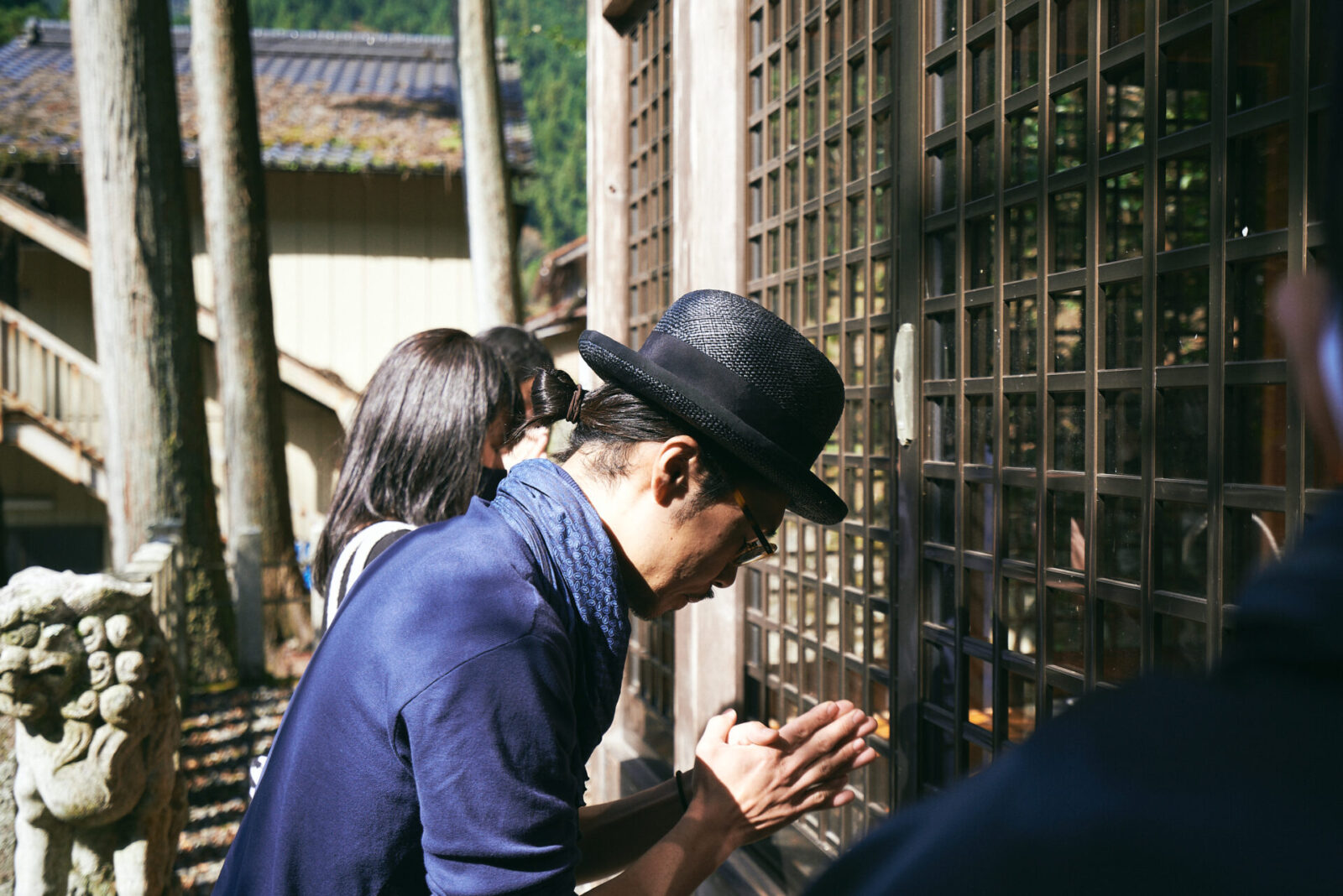
Everytime Masumoto heads to his tea plantation, he stops by the Kaito Shrine to pay respects and gratitude to the local deity and his predecessors. It is like a ritual for him to connect with his land and roots.
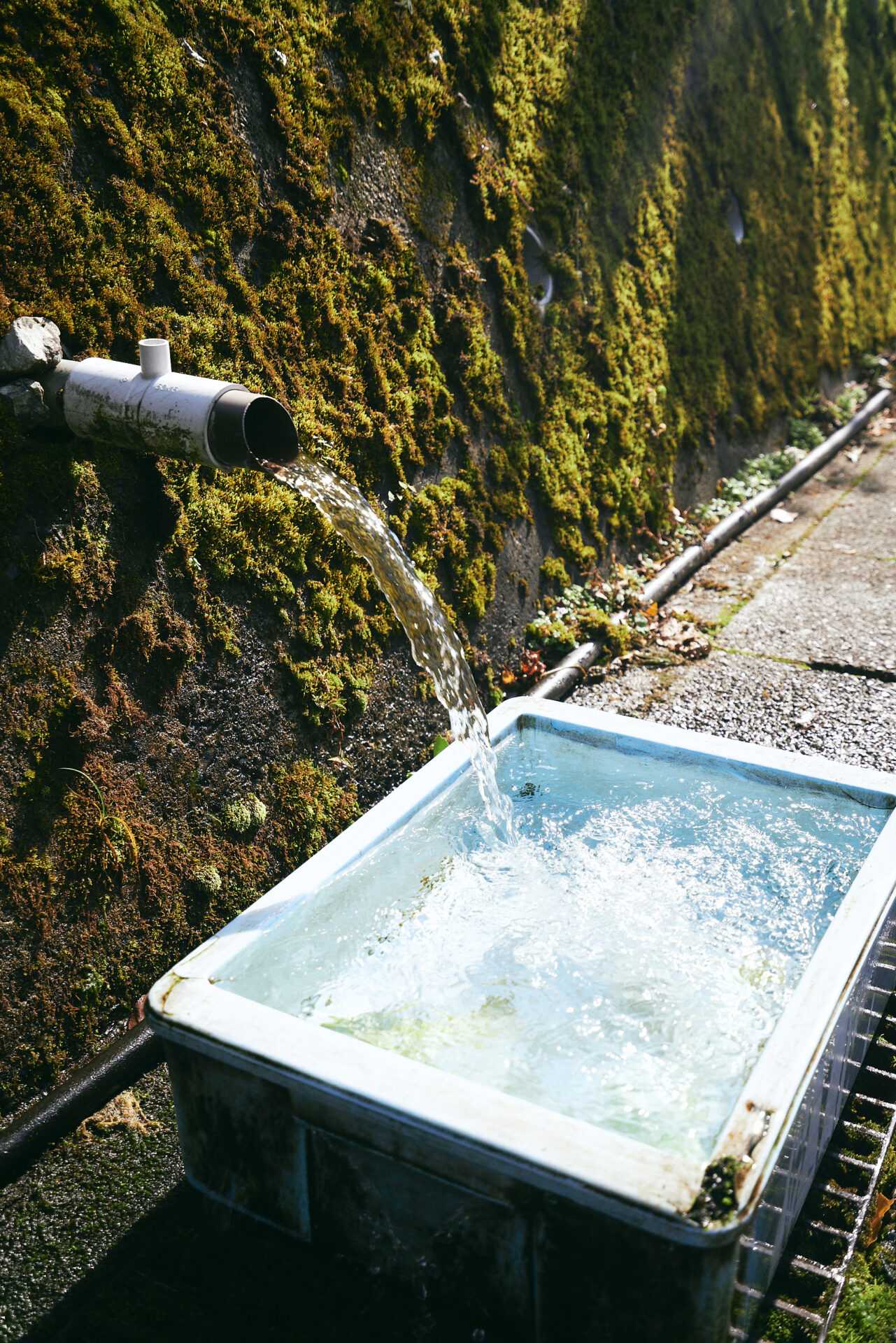
Water is another element that creates the flavor of the region. Masumoto says he always draws water from the Mount Ibuki spring on his way to his tea plantation.
In a nearby natural park, the ground was covered in a carpet of natural moss. The softness of the moss could be felt through the bottom of our shoes. The sound of the clear water coming down from the mountains was also pleasant.
Here, Masumoto made us a cup of tea.

The tea he served that day was Kasuga Herbal Shop’s Sennin Bijin, or Million Vintage Tea. Even among the rare native tea plants, this variety is only produced in small volumes and is picked in autumn.
Tea picking in autumn produces a rich flavor and the local region believes it is good for health. An analysis shows that compared to other teas on the market, it contains 2.4 times more theanine, a flavor enhancer, and 60 times more GABA, a type of amino acid that is said to have relaxing effects. It also contains only one-fifth the caffeine content.
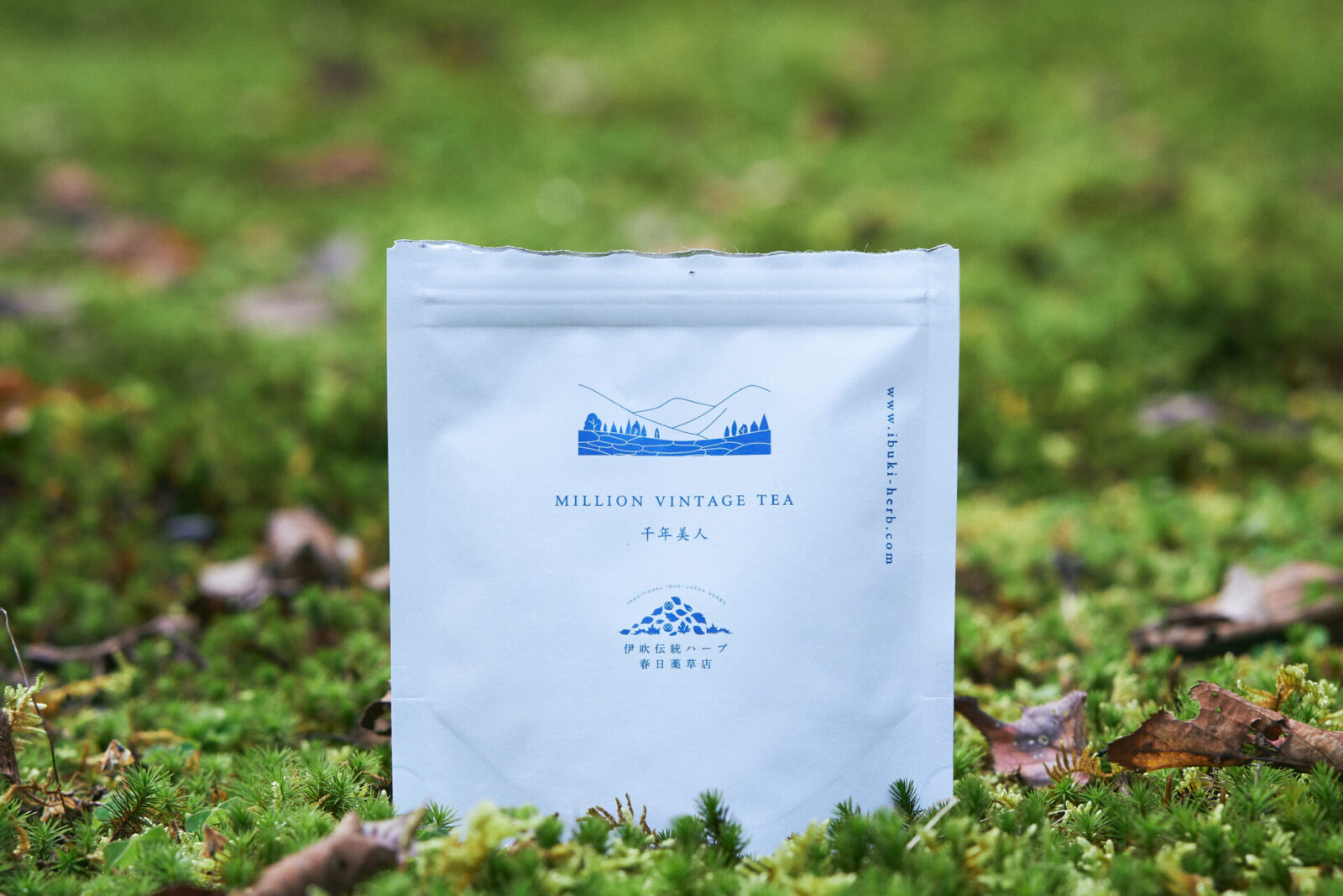
We enjoyed our tea while sitting on a tatami mat on top of the soft moss, looking out onto the mountains and blue sky and listening to the glistening clear stream of water. The savoury and delicious flavors of the tea quenched our body and mind.
Masumoto experiments with ways to express himself through tea and also has a keen eye for business.
For example, all the traditional herbal teas sold at the Kasuga Herbal Shop come in individual tea bags. The teas can also be served with water, making the product lineup more suitable for modern lifestyles.
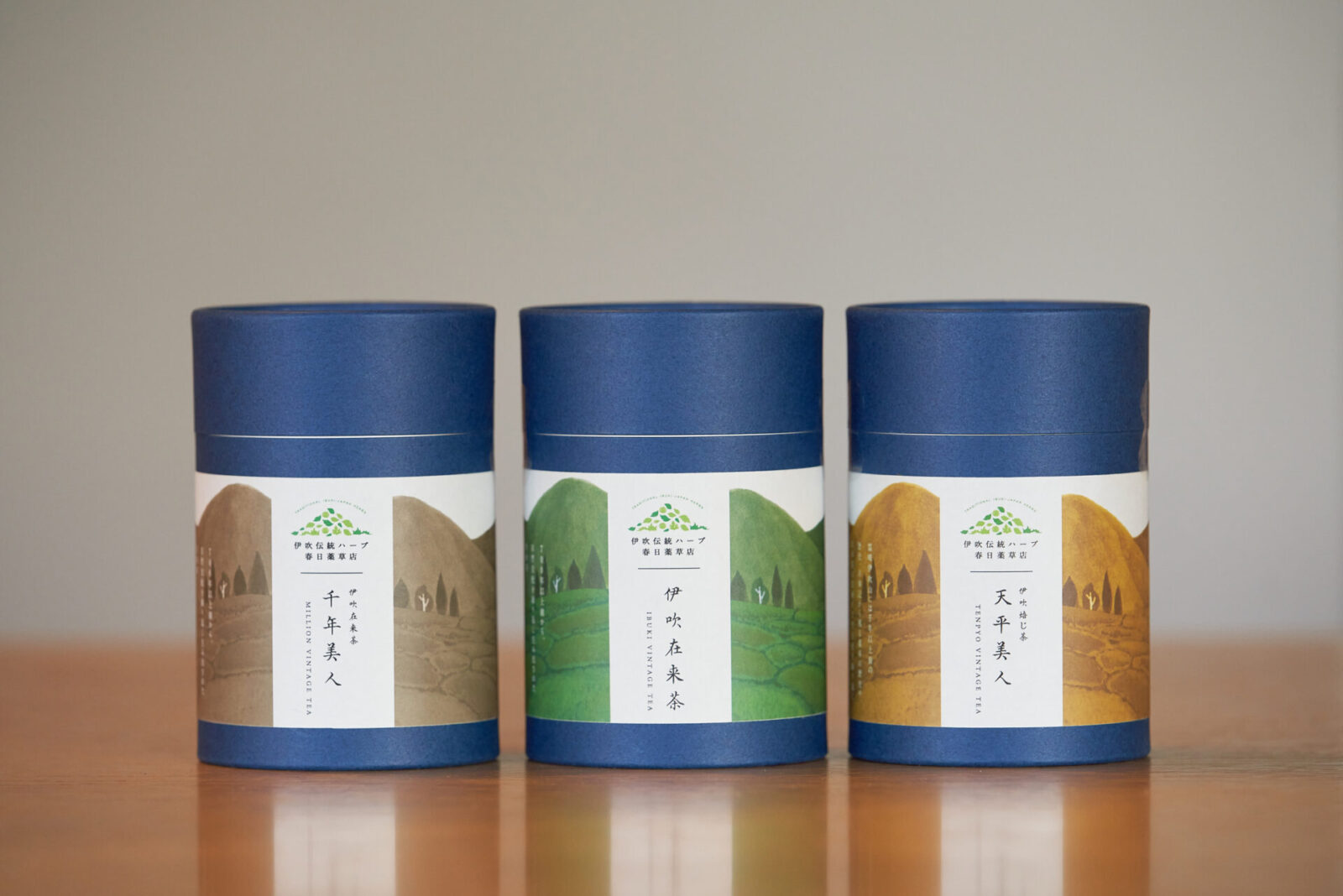
“In my own way, I have been working hard to increase the value of tea. It is important for a farmer to also have an objective business mind. Because I want to remain avant-garde, I believe I have to do what it takes to make money.”
“However, I am not an experienced businessman, so when I was first starting out I received a lot of advice from my seniors. I am sure they were concerned about my lack of experience. I am where I am today because of the people who gave me advice and connected me to others.”
Using Tea as a Mode of Expression with Colleagues
What does Masumoto wish to express through tea?
Masumoto explains, “In addition to the tea growers, there are tea masters who sort, roast, blend, taste and finish the tea, and in the final stage, there are professionals who brew the tea. These are the three points that complete the art of tea.”

Masumoto works with two other professionals who are also working with tea as art.
One of them is Daiki Goto, who Masumoto met when he first started working with tea. He is a specialist in brewing tea and is also the successor of a tea merchant who has been running a tea business in Kasuga for generations.
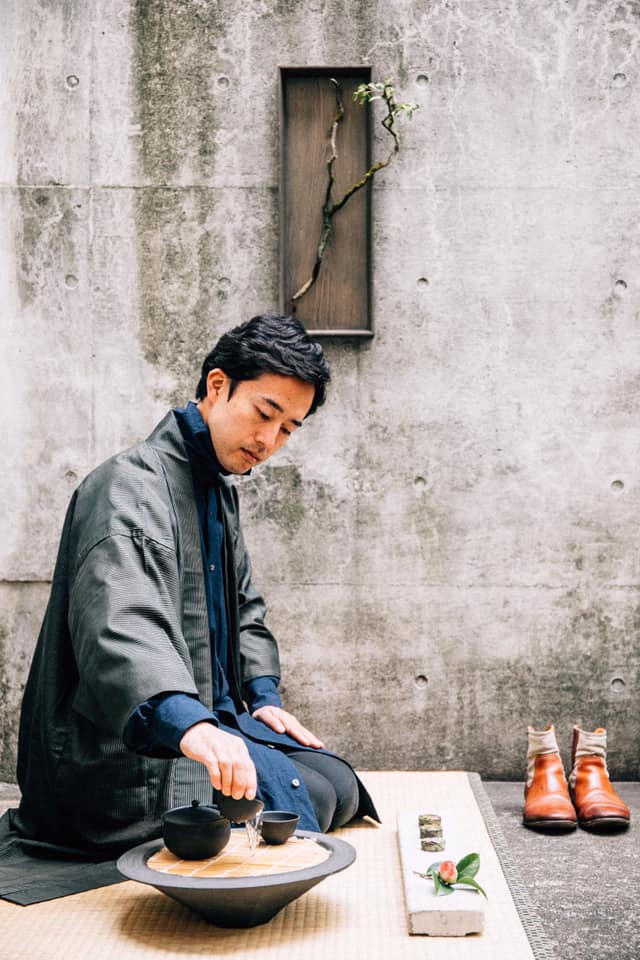
Masumoto was so impressed by the tea Daiki brewed that he gave up trying to improve his own brewing skills. He told Daiki about his desire to express tea as an art, and Daiki shared the same desire so they began working together.
Daiki works in both Tokyo and in his hometown of Kasuga. He is involved in cultural activities in Sumida Ward such as creating videos about the city and organizing the Sumida Mukojima EXPO, an event that combines art and the city.
In order to further explore the art of tea, Masumoto needed a tea master with whom he could share his thoughts. Daiki introduced Masumoto to Hirosato Goto, a tea master who is known to be a genius in his craft.
Hirosato is a fourth generation organic tea farmer of Goto Seicha in Toyohashi City of Aichi Prefecture. Their farm has been the winner of the Japanese Black Tea Grand Prix for two consecutive years.
Hirosato was born and raised on the farm and has always worked on improving the quality and development of tea, but he had never met anyone who wanted to explore tea as an art.
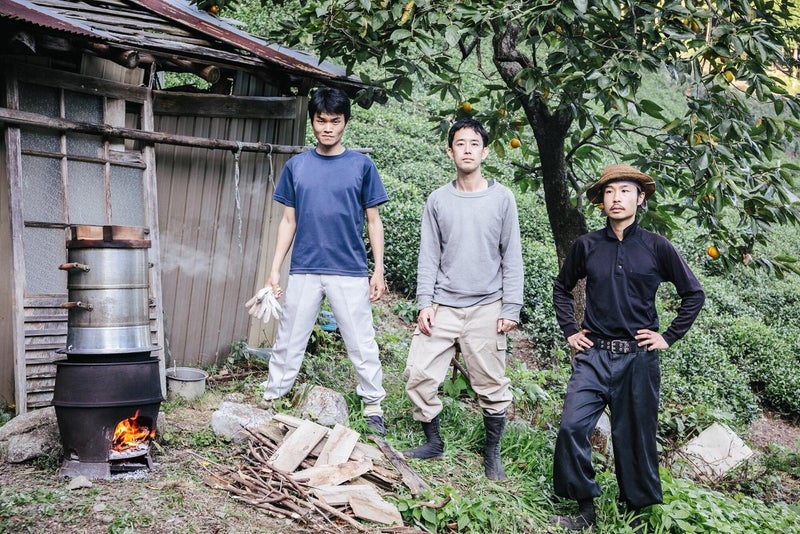
The three of them first met in 2017. Masumoto’s vision on exploring the “concept of tea as art” was set into motion after meeting these two. Masumoto looks back on their meeting as a “big turning point.”
Art Tea, Aged for 8 years
After three years of development, the art tea Dancha was born.
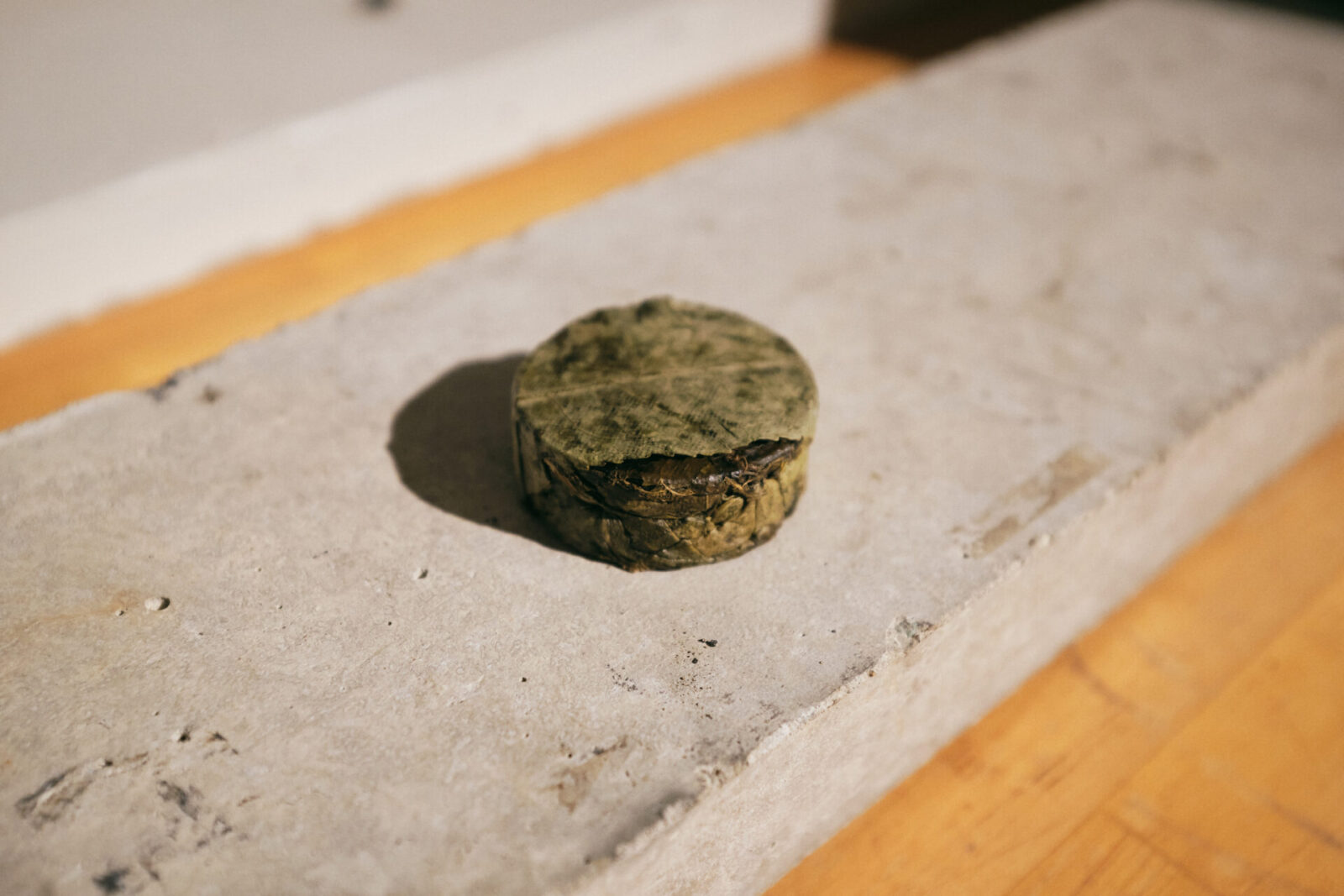
The tea leaves are dried and hardened into a disk shape and aged for eight years. Inspired by pu-erh tea, genius Hirosato Goto carefully calculated the aging process, aroma, and flavor and blended the Kasuga tea leaves. The final price tag was 80 thousand yen.
When you pour hot water on Dancha, the leaves start to open up ever so slowly. They say one person spent an entire month enjoying the Dancha tea. It became a product that shook the concept of tea in Japan.
In February 2020, they held an unveiling event for Dancha, inviting only those who were close to the project. It received extremely high acclaim from both domestic and international participants. One French participant praised Dancha as being “like a wine from Burgundy,” while another Taiwanese participant was in awe by it’s deep flavor.
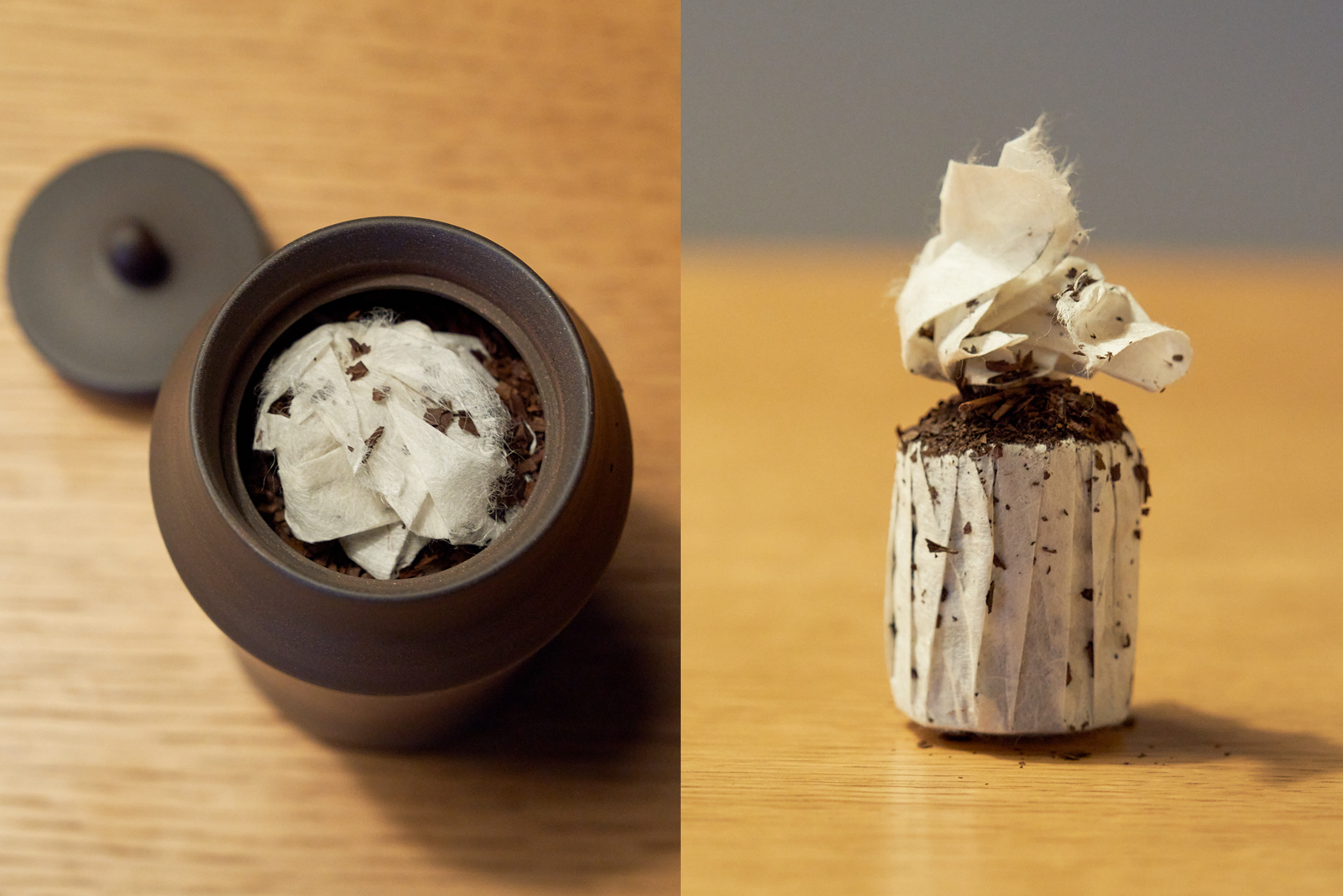
Creating art tea takes a deep look into the tea and the region it is from to make the best shape and blend for the tea while creating a new way of brewing it. In other words, the region itself is expressed through the art of tea.
Masumoto looks ahead and says, “We are aiming to exhibit this Dancha at Sotheby’s (the world’s oldest international auction).”
“In the wine industry, creating tea that is rooted in specific regions is called terroir, and this concept can be applied to the tea industry. I feel that if the three of us work together to explore different teas of different regions, we can really create some interesting products.”
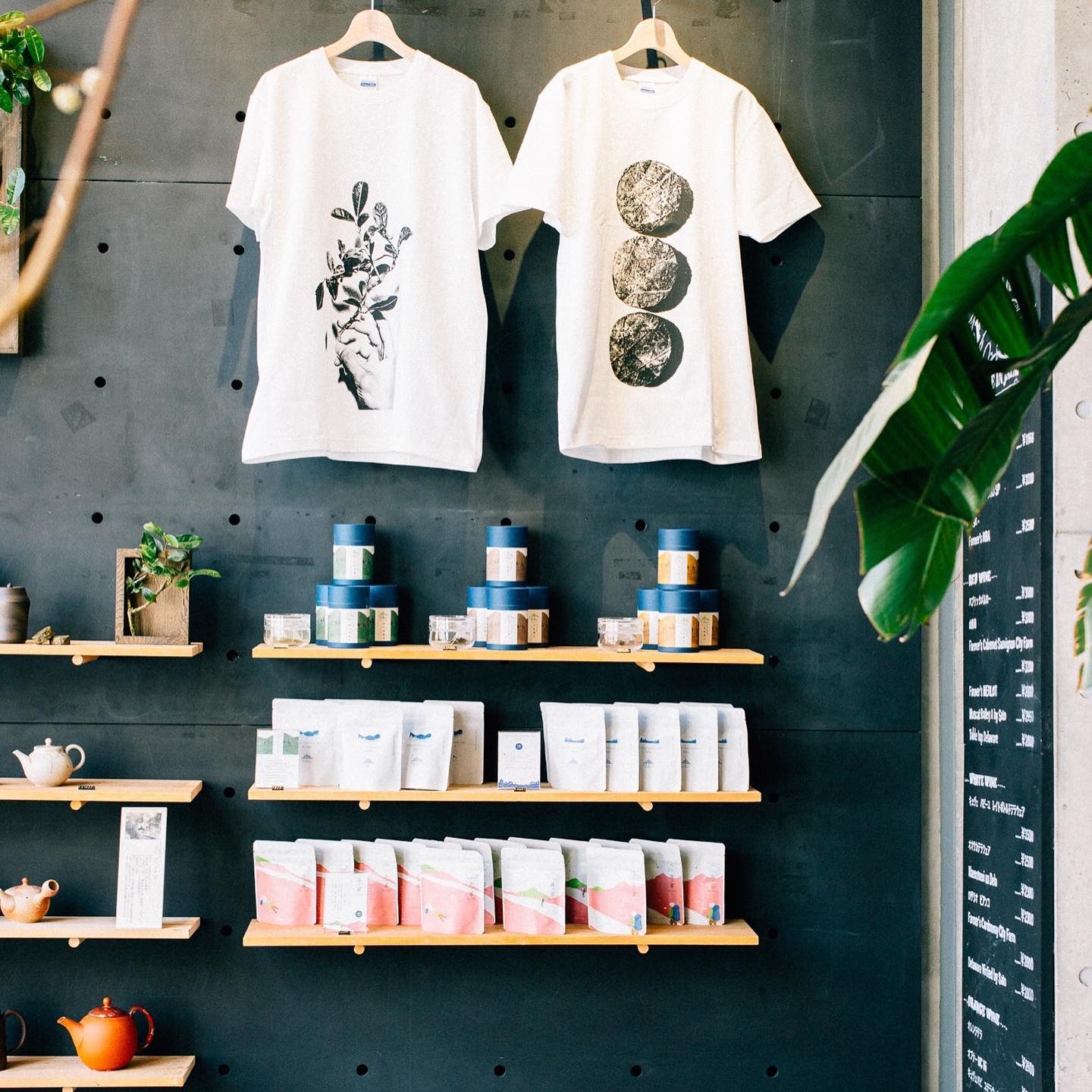
At the unveiling event, they also had T-shirts with Dancha prints. Participants were excited about the street-art like approach, which is uncommon in the world of tea. Buying the printed t-shirt was also a way to support art tea.
Defining “art tea”
In 2017, when the Art Tea Project was officially launched, the three defined art tea as below:
Definition of Art Tea
- People: Clearly represent the people involved
- Time: Find meaning in the time spent
- Regions: Bring out the culture that is rooted in the land
- Relations: Maintain sustainable relations with the local region
“Hirosato Goto has a solid and established base as the fourth generation leader of his tea plantation. Daiki Goto is a professional in brewing tea. It is my job to create our base for our project. From the start, I wanted to create ways of expression that will break down barriers, while respecting each of the member’s roles and responsibilities.”
Dancha is just one of the projects of art tea. As they find new teas and new regions to work with, new forms of expression will be born. Their journey in exploring the world of tea has just begun.
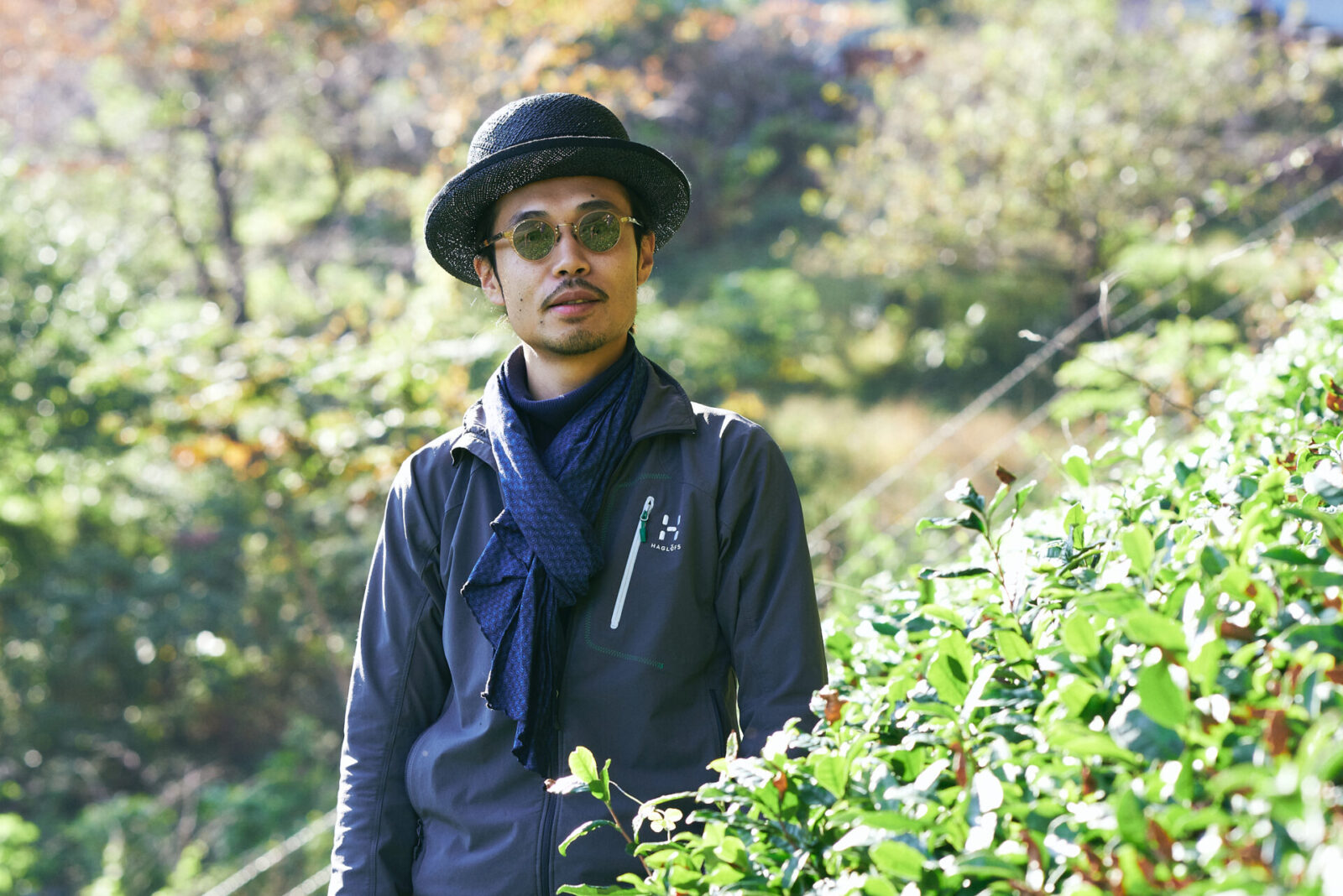
Regarding their original product Dancha, Masumoto says, “Although it is our original product, we want producers of tea in various regions to be inspired by it and consider it a free license.”
In the art world, the sensibility of the artist is the key to the work, so it may seem contradictory to define their work as a free license, but Masumoto has his own philosophy towards tea.
“The history of Japanese tea is said to have begun when Kukai brought tea seeds from China to Japan, so I think of tea as a way of communicating and connecting. It has a long history of being a part of our lives. It is a tool that connects people, and it is a way of carrying messages.”
The “way of tea” today
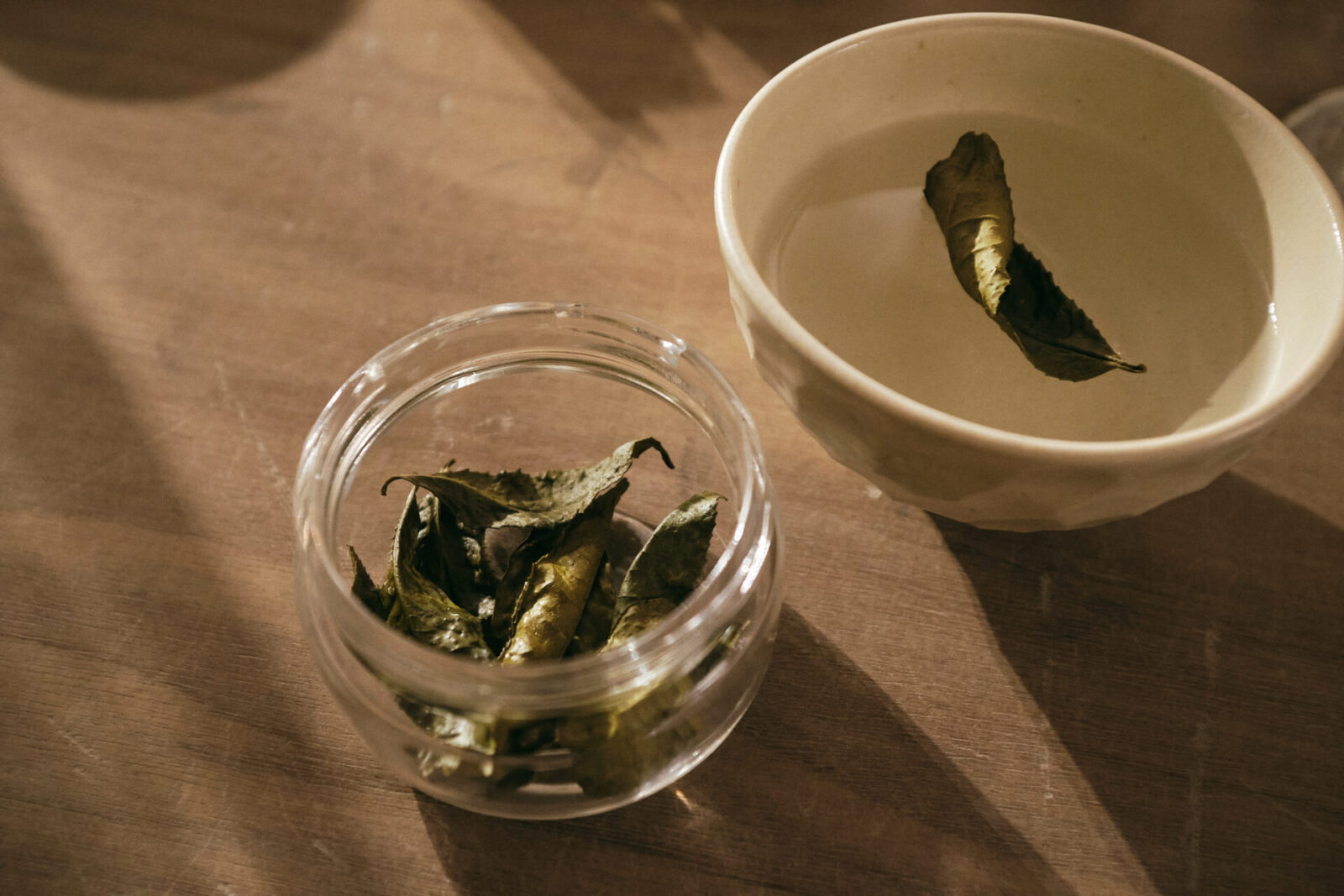
We asked Masumoto if he feels like it is his duty to preserve the dying tea culture and pass it on to future generations. He answered, “I have no intention of being responsible for passing on the culture.”
“The same way I was attracted to fireworks, I have a tendency to really want to work with things that will disappear. A part of me does want to preserve the tea plantations and tea culture for future generations, but that is kept at the back of my mind. I am simply absorbed in my desire to express myself and do something interesting. I think if we adults enjoy what we are doing, that will inspire the next generation’s interest and involvement naturally.”
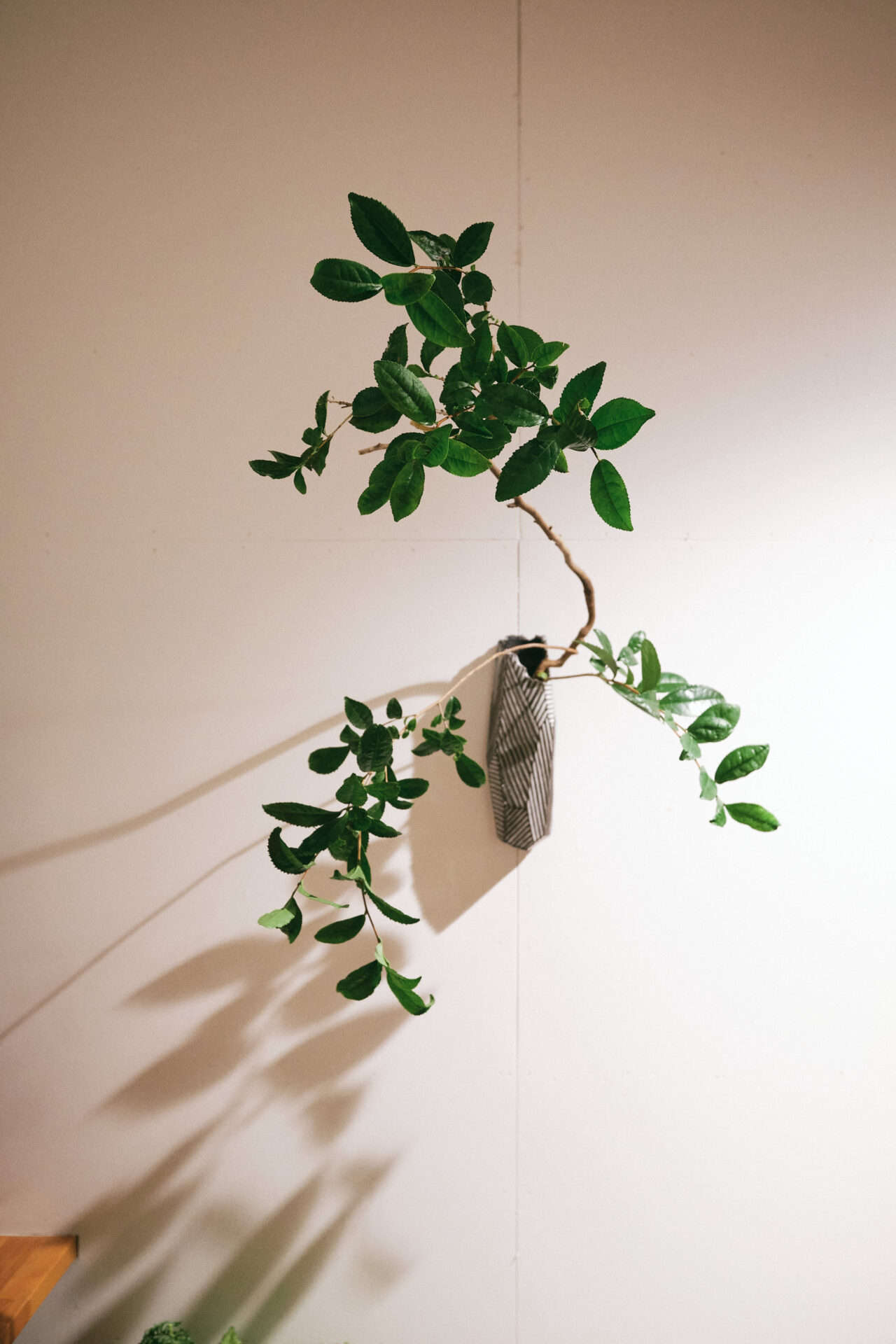
Fireworks and tea both have an ephemeral quality and fade away in a moment of time. As an artist, Masumoto has had a consistent theme in his method of expression.
How does Masumoto plan on innovating the expression of tea in the future?
“Thanks to historic figures such as Sen no Rikyū and his expression of chanoyu, or way of tea, tea attracts interest not only as a beverage, but also as a way of being.”
So what is the modern day “way of tea”? Surprisingly, Masumoto quickly answered that it is “bathing.”

“I think taking a bath in tea is an exciting idea. Tea has endless possibilities. It is not just for drinking, but should be enjoyed by all five senses. I want people all around the world to enjoy Japan’s unique tea culture that helps people connect.”
He has already developed a bathing product using Kasuga tea and medicinal herbs. As the popularity of public baths and saunas are booming recently, it may be a good time for the “tea bathing” to become a new “way of tea.”
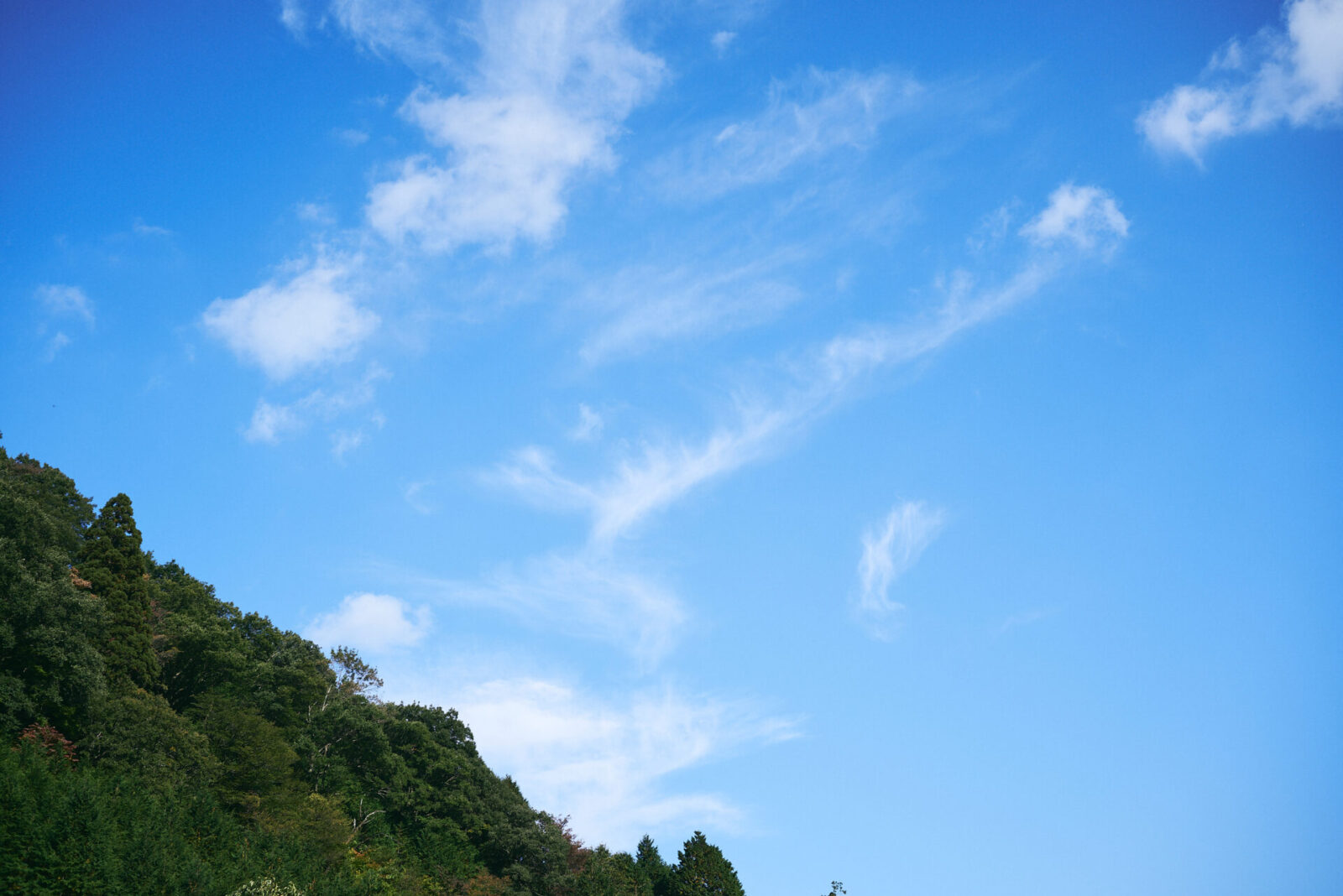
Masumoto refers to the Kasuga region, which is located in the western most part of Gifu, as the “land of beginnings.”
One legend of Mount Ibuki says that it was a “mountain of dragons.” Strong winds that smell of the rich forests blow down from the mountains. When we looked up to the sky from the tea plantations, we saw a cloud that resembled a dragon.
From this remote land, Masumoto continues his explorations as an artist who is innovating the world of tea.
Photos: Umihiko Eto
Translation: Sophia Swanson
Editor. Born and raised in Kagoshima, the birthplace of Japanese tea. Worked for Impress, Inc. and Huffington Post Japan and has been involved in the launch and management of media after becoming independent. Does editing, writing, and content planning/production.
Editor and creator of the future through words. Former associate editor of Huffington Post Japan. Became independent after working for a publishing company and overseas news media. Assists in communications for corporates and various projects. Born in Gifu, loves cats.
